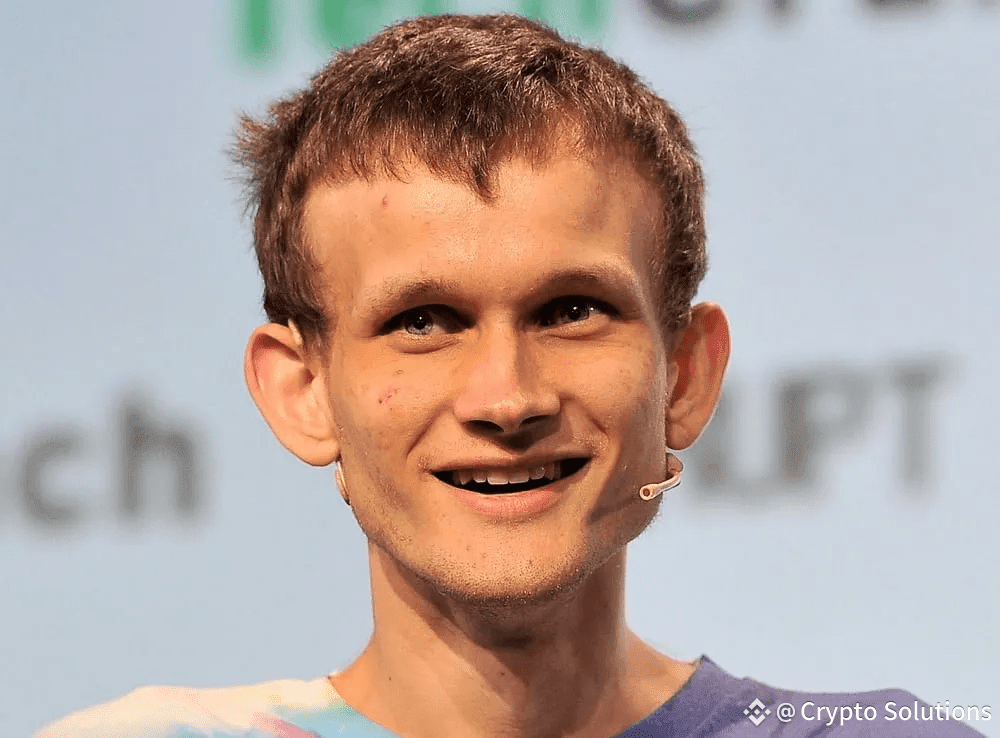Many crypto projects are burning resources trying to stand out while the smartest ones are taking a different route: they’re building with Ethereum, not against it.
This is the message from Ethereum co-founder Vitalik Buterin, who’s urging developers to stop overcomplicating things. His advice? Don’t try to do everything. Just focus on doing a few things really well and let Ethereum handle the rest.
This idea follows comments made by Jason Chaskin, a leading researcher at the Ethereum Foundation. Chaskin recently sparked a wave of discussion by saying that many Layer-1 blockchains could be more useful and more successful if they became Layer-2 networks on Ethereum.
From Going Solo to Building Together: The Celo Example
Chaskin pointed to Celo, a blockchain that made the switch from being a standalone Layer-1 to becoming a Layer-2 on Ethereum. Since the change, Celo has seen major improvements:
Lower inflation
Cleaner code
Faster transactions
Easier integration with Ethereum’s powerful developer ecosystem
For Chaskin, this shows the practical benefit of working with Ethereum instead of trying to compete in isolation.
Vitalik’s Simple But Powerful Framework
Adding to the conversation, Vitalik Buterin laid out a crystal-clear roadmap for new Layer-2 builders. He believes developers should stop trying to rebuild everything from scratch and instead focus on just two roles:
Sequencer – This decides the order of transactions.
Prover – This confirms that each transaction is correct and secure.
By offloading the rest like security, data handling, and censorship protection to Ethereum, developers can build faster, run leaner systems, and reduce risk.
“You don’t need to create everything yourself,” Vitalik explained. “Just plug into Ethereum and focus on what matters.”
Enter Caldera: Making Layer-2 Simpler and Smarter
One company that’s already helping teams bring this vision to life is Caldera an infrastructure platform designed specifically to help builders launch high-performance, customizable Layer-2 chains on Ethereum with ease.
Caldera offers powerful tools that reduce the technical burden of launching an L2, including:
Modular rollup deployment: Launch a tailored L2 chain using plug-and-play components.
Integrated data availability: Seamless support for solutions like Celestia and EigenDA.
Built-in sequencer and prover frameworks: Exactly what Vitalik emphasized in his model.
Developer-friendly dashboards and monitoring tools to manage performance and user activity.
Whether you’re building a game, DeFi app, or any Web3 platform, Caldera abstracts away the heavy lifting, so you can focus on creating valu while Ethereum provides the security layer underneath.
In fact, Caldera-powered rollups are already powering real use cases across DeFi, gaming, and enterprise-level applications. Their recent partnerships with top DA providers and infrastructure teams prove that Caldera is quickly becoming the go-to solution for scalable, Ethereum-secured L2s.
Ethereum’s Next Leap: zkEVM Integration
Vitalik’s message comes just as Ethereum is preparing to roll out a major upgrade: zkEVM, a system that uses zero-knowledge proofs to verify transactions without having to recheck everything.
This means:
Faster transaction confirmation
Less energy use
And even greater security
The zkEVM rollout is expected to happen within a year and will make Ethereum even more attractive for Layer-2 builders.
Closing Thoughts
Vitalik Buterin is delivering a message every crypto builder needs to hear: You don’t need to start from scratch. Use what works. Build on Ethereum.
And with platforms like Caldera, the path is clearer than ever. Developers can now launch optimized, secure Layer-2 chains in days instead of months without compromising performance or decentralization.
In a space full of complexity and noise, this back-to-basics approach is not just smart it’s strategic.
If you’re planning to launch or scale a blockchain project, Vitalik’s advice and Caldera’s tools point in the same direction:
Keep it simple. Build what matters. Let Ethereum and Caldera do the rest.

